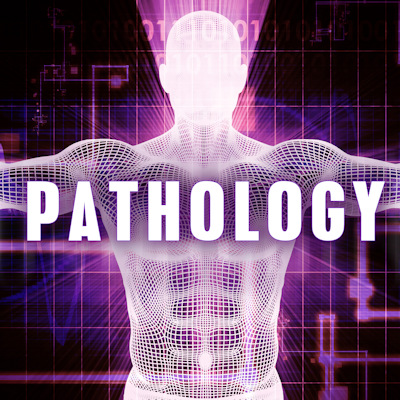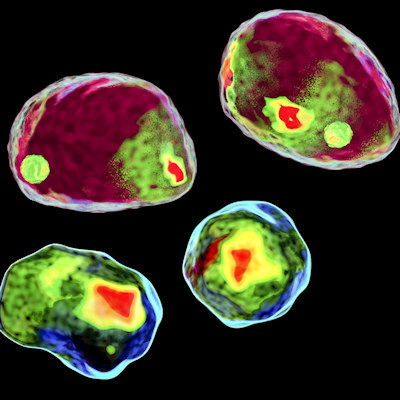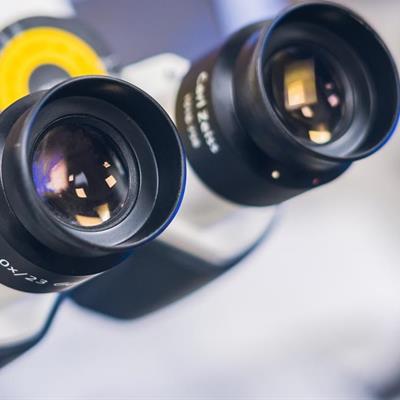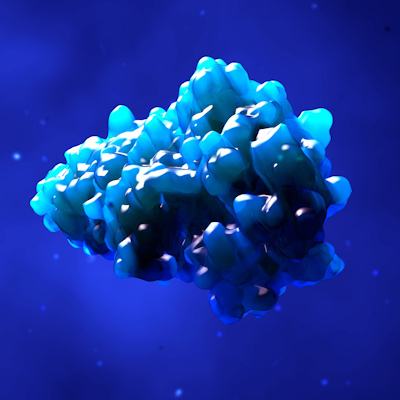June 16, 2023 -- Researchers have developed an imaging technique that combines the best attributes of two current ways of viewing biological samples on a microscopic level.
Scientists already have access to a range of ways of imaging and analyzing biological samples, but there is room for improvement. Super-resolution fluorescence imaging is used for some applications because it offers good spatial resolution. In other cases, vibrational imaging is preferred. Vibrational imaging uses a wide range of colors, enabling the labeling of different parts of cells, but has worse spatial resolution.
The limitations of the two imaging techniques forced researchers to compromise on either spatial resolution or labeling. Now, Japanese researchers have developed a technique designed to combine the benefits of super-resolution fluorescence and vibrational imaging without inheriting the shortcomings of either technique. The team shared details of the project in Science Advances.
In the study, the team describes reversible saturable optical Raman transitions (RESORT). The technique relies on Raman scattering, an interaction between molecules and light that helps show what a sample is made of, to image cells.
RESORT imaging is a multi-step process. In the first step, specific components of the sample are stained with photoswitchable Raman probes, chemicals that allow Raman scattering to be controlled by different kinds of laser light. The sample is then "irradiated with two-color infrared laser pulses for detecting Raman scattering, ultraviolet light and a special donut-shaped beam of visible light."
The process limits where Raman scattering can occur and thereby ensures imaging "can detect the probe at the very precise point, which leads to a high spatial resolution." The researchers have used RESORT to image mitochondria in cells.
Having validated the imaging technique, the team now plans further improvements that could help it to replace existing approaches, as Yasuyuki Ozeki, a professor at the University of Tokyo's Research Center for Advanced Science and Technology, explained in a statement.
"Through the future development, adding more colors to the palette of Raman probes, RESORT will be able to image many components in living samples in action to analyze complex interactions like never before," Ozeki said. "This will contribute to a deeper understanding of fundamental biological processes, disease mechanisms and potential therapeutic interventions."
The primary focus is to improve microscopic imaging to advance medical research. However, work on the laser design that enabled RESORT could be applied to other fields such as materials science, where high power or precise control is needed.
Copyright © 2023 scienceboard.net











